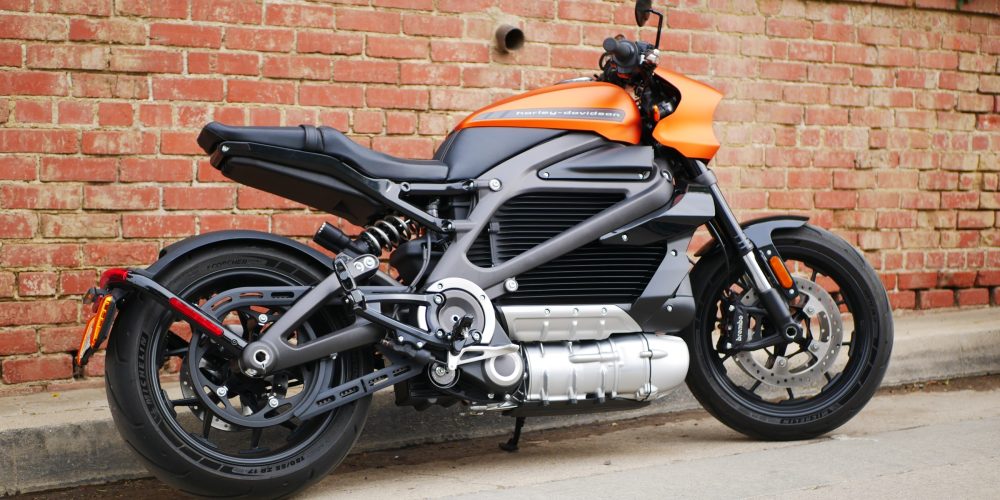
Harley-Davidson has set out future sales goals for its LiveWire sub-brand that manufacturers and sells its all-electric motorcycles, aiming for a towering 100,000 units by 2026.
The company plans to increase that growth rate even further to 190,000 total electric motorcycle sales by 2030, according to an investor prospectus released by Harley-Davidson.
Hitting those figures could result in reaching staggering electric motorcycle revenues of $1.77 billion by 2026 and $3 billion by 2030, according to the Milwaukee Business Journal.
The prospectus states “[w]hile the electric motorcycle market is in the early stages of its development, we expect global electric vehicle penetration to expand from 6% of units in 2021 to 25% by 2030, implying electric motorcycle market growth from $2.5 billion in sales to approximately $20 billion to $28 billion over the same period.”
H-D’s sales targets might sound lofty, especially considering that Harley sold somewhere between 1,300 to 1,600 electric motorcycles between 2019 and the first nine months of 2021.
That motorcycle, the Harley-Davidson LiveWire, was largely praised by the industry for its quality, though not for its nearly $30,000 price. Even much of the old guard from conventional gas-powered motorcycle media begrudgingly praised the Harley-Davidson LiveWire as a thrilling and well-made motorcycle, echoing Electrek’s own even more positive review of the bike.

Late 2021 marked the moment when Harley-Davidson decided to spin off its electric motorcycle operations into a sub-brand known as LiveWire. The Harley-Davidson LiveWire electric motorcycle then morphed into the LiveWire One, shedding around $8,000 from its MSRP in the process and bringing its price tag much closer in line with flagship electric motorcycles from competitors such as Zero Motorcycles and Energica.
Now the sub-brand LiveWire is moving forward with its second electric motorcycle model, this time designed on the more affordable “Arrow” platform.
This new design uses a structural battery pack in lieu of the traditional frame found on the LiveWire One. It also employs a more conventional direct drive electric motor instead of the highly engineered yet complicated and costly Revelation electric motor that Harley’s engineers designed for the original Harley-Davidson LiveWire.
These moves are expected to produce a much more affordable middleweight electric motorcycle that should compete more effectively against electric motorcycles from other brands and even conventional gas-powered motorcycles.

The new electric motorcycle, known as the Del Mar, will debut in Q2 of this year. That means we should be seeing Harley’s next electric motorcycle in just a few short months.
The Del Mar will be the first electric motorcycle in the S2 line, meaning the first to share the new Arrow platform.
But Harley has also already discussed an S3 line for LiveWire of presumably even lighter electric motorcycles.
These could include the electric moped that Harley-Davidson rolled out in various prototype forms over the last three years but has so far yet to bring to production.
Such an electric moped (seen below) could significantly lower prices compared to the current $22k price tag for the LiveWire One. It may also be key to helping H-D achieve those lofty sales goals by 2026 and 2030.

Subscribe to Electrek on YouTube for exclusive videos and subscribe to the podcast.
Author: Micah Toll
Source: Electrek



